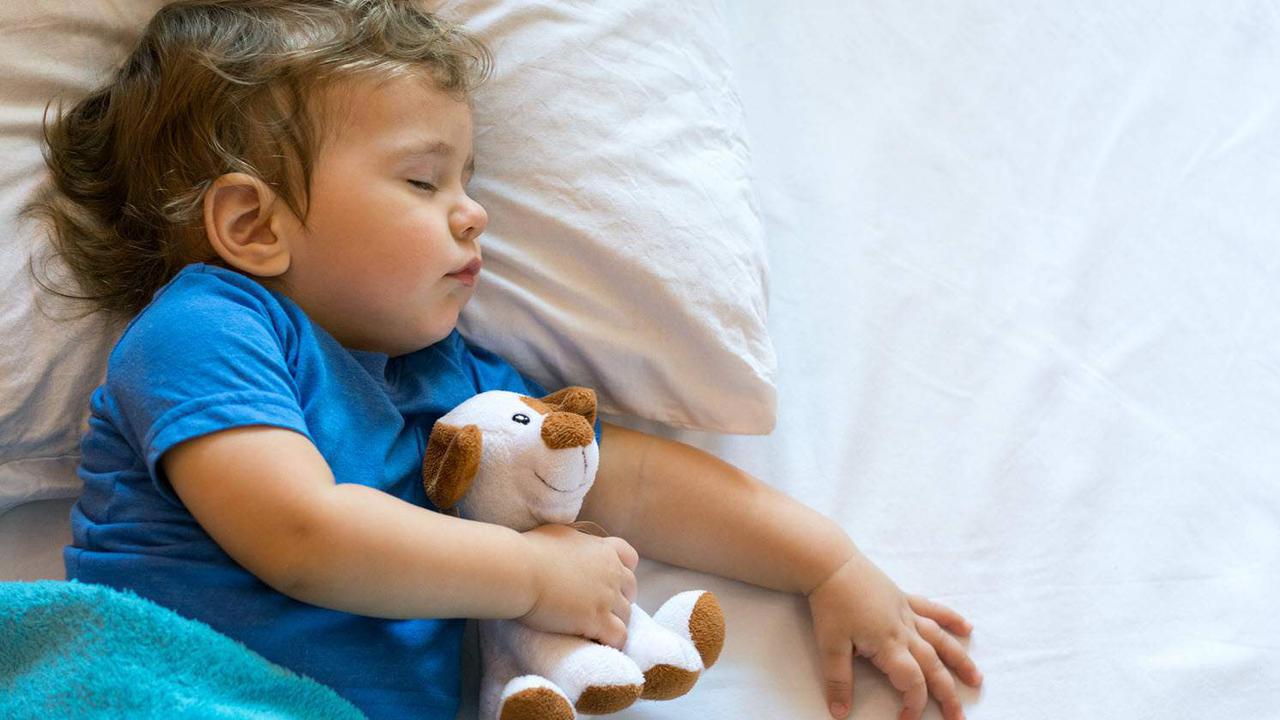
While a large part of child care is in learning, play and connecting, rest and sleep are an equally important component of the balance that child care providers and educators bring. Helping children to slow down, rest or sleep during their busy day is essential for their optimal growth and development, and also teaches valuable skills in self-regulation and settling.
This article gives a brief overview on current evidence-based safe sleeping and rest practices for child care services, so that you can ensure your child care centre is meeting the guidelines to be a positive sleep and rest space for everyone.
Sleep hygiene
Along with other hygiene practices, sleep hygiene is essential in child care centres. It’s a term that describes the development and maintenance of habits that contribute to quality sleep, and while it’s usually used to discuss night-time sleep, it’s worth implementing relevant habits in your child care centre for children to develop positive sleep hygiene routines and behaviours that will benefit their sleep relationship in the long-term.
Here are some sleep hygiene factors that should be evaluated in your child care centre:
- Have a separate sleep space- this can aid in creating an environment children only associate with sleep, so that their mind will begin to automatically slow down on entering the space
- Separate rest space- facilitate quiet and peaceful play or reading books in a designated rest space
- Make the space welcoming, calm and comfortable
- Keep the lighting dark where possible, drawing blinds or curtains
- Keep the room at a stable temperature and make sure children aren’t too warm- studies have shown that children sleep better at cooler temperatures, and it reduces risk of SIDS
- Avoid eating or drinking stimulating foods before sleep or rest time, such as high-sugar foods
- Avoid screen-time before sleep or rest time
Once you’ve implemented these sleep hygiene measures, make sure you’re also following Safe Sleep guidelines.
Red Nose Safe Sleep guidelines
Red Nose (formerly Sids and Kids) is recognised as the leading authority in Australia on safe sleep practices, and so child care centres should be following their recommendations for safe sleep.
Here are the six Red Nose Safe Sleep Guidelines
- Sleep babies on their back
- Keep face free and uncovered- remove hats, bedding, toys etc., from around babies heads
- Safe sleep environment - use a firm mattress, and if in a cot ensure the cot meets Australian safety standards. No soft bedding should be used in a cot, including blankets, pillows, doonas etc.
- Sleep space is free of hazards and fire or cigarette smoke
- Sleep your baby in your room- in a child care centre, keep children within sight and hearing distance (not monitored through a screen or window)
- Breastfeed where possible - if baby has a bottle, give upright and do not leave to drink bottle in cot
Take into account the child’s individual age and developmental stage to tailor these recommendations. For older children not in a cot, a safe sleep space with a firm mattress is still vital, and minimal, lightweight bedding should be used.
Does your child care centre meet the standards?
Since 2017, the Australian Children’s Education & Care Quality Authority (ACECQA) has required that child care centres have specific policies and procedures on ‘Sleep and Rest for Children and Infants’ that reflect evidence-based guidelines. Ensure your policies and procedures are up-to-date, and that your staff are trained in safe sleep practices and undergo regular professional development in this area: Red Nose offer a child care sleep training package that would also make your child care centre a Safe Sleep Champion, signalling to parents your centre is the safest place for their child.
It is also essential that staff are trained to monitor children as they sleep, and to recognise anything abnormal and know how to respond appropriately to sleep accidents with first aid and basic life support.
ACECQA guidelines also state that sleep practices should be tailored to meet the needs of each child, so that they feel relaxed, safe and are appropriately provided for. For example, if a child is no longer having day naps, do not enforce a sleep but offer an alternative quiet play period. To learn about how child care centres can support parents transitioning their child from a day-nap, check out this article.
Providing children with safe, relaxing and effective sleep and rest is of great importance to the child care educator’s role, and a significant responsibility that each child care centre carries. Keep your practice aligned with national guidelines, and follow these tips to build positive sleep experiences for all the children in your care.
Sign up to toddle, the most comprehensive child care search database in Australia, to reach prospective families and show them why you’re the safest childcare centre for their little one.